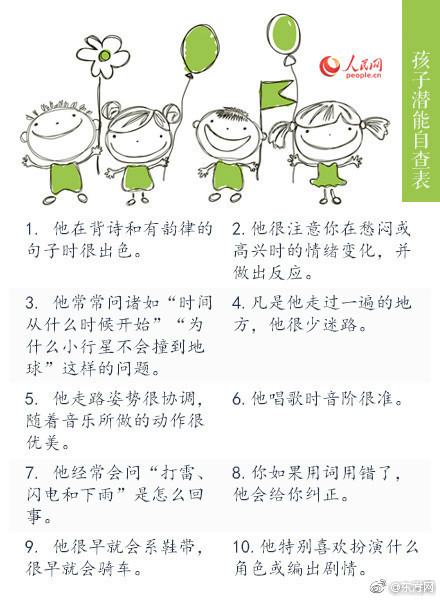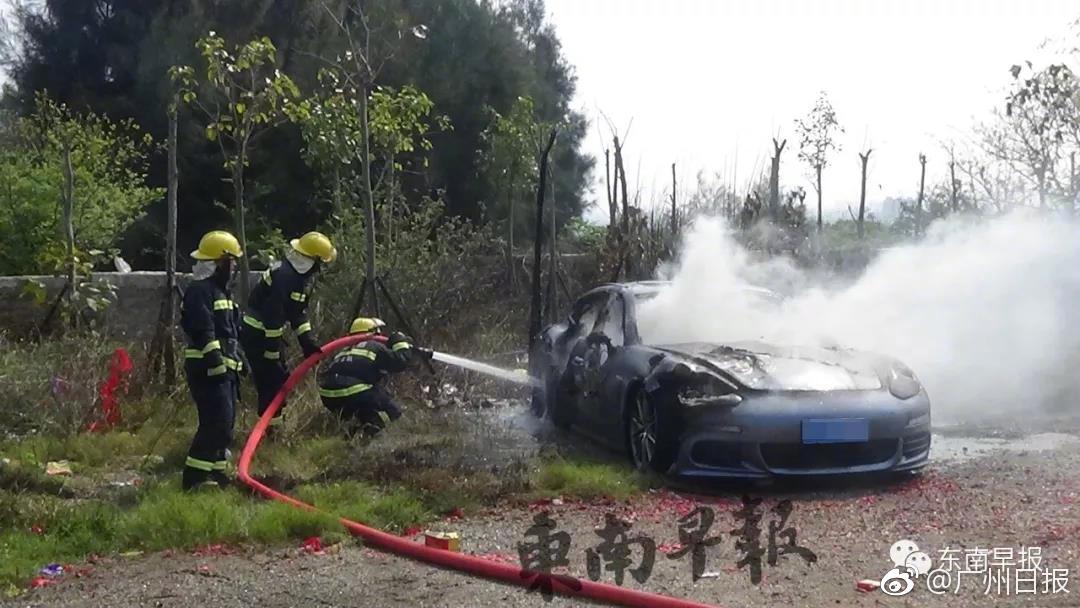
Four sounds, five loosens and six observations Four sounds, five loosens and six observations are the basic steps to drive an automatic transmission car. By honking the horn to remind people around you to avoid and release the handbrake. Control the driving of the vehicle. When observing the front and rear travel situation, you should observe the left rear travel situation through the left rearview mirror, which can detect and avoid danger in time.
7 steps to start automatic transmission driving: the first step is to turn the ignition key to the second grid, to the power supply gear, and let the car computer system start self-checking for at least 6 seconds.The second step is to step on the foot brake and pull the gear from P gear to N gear. The third step is to release the foot brake and turn the ignition key to the ignition gear to start the engine.
7 steps to start automatic transmission 1 Step 1: get on the car, adjust the seat, rearview mirror, and fasten the seat belt. Step 2: Step on the foot brake and turn the key until the car starts successfully. Step 3: Step on the foot brake and change from P gear to d gear. Step 4: Turn on the left turn signal and release the handbrake to the end.
Adjust the seat after getting on the car. If our legs can't bend and stretch freely, it will be very tiring to control the throttle and clutch for a long time.
Car start operation steps: open the door first, sit in the driving position, adjust the seat, and fasten the seat belt.Turn on the turn signal to remind the vehicles and passers-by behind.
Clutch fully stepped on: After starting the car, the left foot completely stepped on the clutch, which is prepared before the semi-clutch state. Hang the gear to the first gear: push it with the palm of your right hand and hang the gear of the shift lever into the first gear as the starting gear.
To start an automatic transmission car, you need to insert the key first, and then turn it to the on position. Step on the brake pedal, put the gear into n gear, and wait for the car to start. After starting, you can put the gear into d gear, then release the car handbrake, slowly release the brake pedal, and then you can start.
The correct step for starting a car is to make sure that there are no obstacles or people around the vehicle, and then get on the car. After turning the key to the connection position, turn on the vehicle for a few seconds to complete the self-inspection.Then step on the brake and turn the key to start the vehicle (automatic transmission). After starting, change to D gear, slowly release the brake, and the vehicle will move forward.

Steps to start the car correctly: 1. After getting on the car, adjust the seat to suit you, and then fasten your seat belt.Start the car, then step on the clutch with your left foot and put it in first gear. Turn on the left turn signal and signal with the horn.
After starting, the gear is put in D gear, slowly release the brake, and the vehicle will move forward. If it is a manual transmission, you need to step on the clutch and start the engine, then hang it into 1st gear, slowly release the clutch, move the right foot from the brake pedal to the accelerator pedal, and refuel slightly. The throttle and clutch are used together, and the vehicle moves forward slowly.
Adjust the seat position Adjust the front and rear positions of the seat, so that the sole of the foot steps on the clutch to the end and has a slight margin. The steering wheel in the hand is based on the convenience of operation. The backrest should be comfortable, but all adjustments should be based on safety.
Clutch fully stepped on: After starting the car, the left foot completely stepped on the clutch, which is prepared before the semi-clutch state.Hang the gear to the first gear: push it with the palm of your right hand and hang the gear of the shift lever into the first gear as the starting gear.
The correct start-up operation of the automatic transmission is: turn on the power first to complete the self-check; step on the brake and hang the N gear; ignition; hang from the N gear to the D gear; release the handbrake, lift the foot brake, and start. The reason for this operation is to avoid the need to go through R gear after the p gear catches fire, causing the gearbox to experience a short reverse impact.
Start the engine. Usually, we should observe the indicator light in the dashboard. If the fault light is on for a long time, it indicates that the fault light is abnormal for the parts. The engine should be turned off immediately, the vehicle should be checked and troubleshooted before restarting the engine. Step on the clutch deeply, and step on the clutch pedal with your left foot.
Global trade compliance dashboards-APP, download it now, new users will receive a novice gift pack.
Four sounds, five loosens and six observations Four sounds, five loosens and six observations are the basic steps to drive an automatic transmission car. By honking the horn to remind people around you to avoid and release the handbrake. Control the driving of the vehicle. When observing the front and rear travel situation, you should observe the left rear travel situation through the left rearview mirror, which can detect and avoid danger in time.
7 steps to start automatic transmission driving: the first step is to turn the ignition key to the second grid, to the power supply gear, and let the car computer system start self-checking for at least 6 seconds.The second step is to step on the foot brake and pull the gear from P gear to N gear. The third step is to release the foot brake and turn the ignition key to the ignition gear to start the engine.
7 steps to start automatic transmission 1 Step 1: get on the car, adjust the seat, rearview mirror, and fasten the seat belt. Step 2: Step on the foot brake and turn the key until the car starts successfully. Step 3: Step on the foot brake and change from P gear to d gear. Step 4: Turn on the left turn signal and release the handbrake to the end.
Adjust the seat after getting on the car. If our legs can't bend and stretch freely, it will be very tiring to control the throttle and clutch for a long time.
Car start operation steps: open the door first, sit in the driving position, adjust the seat, and fasten the seat belt.Turn on the turn signal to remind the vehicles and passers-by behind.
Clutch fully stepped on: After starting the car, the left foot completely stepped on the clutch, which is prepared before the semi-clutch state. Hang the gear to the first gear: push it with the palm of your right hand and hang the gear of the shift lever into the first gear as the starting gear.
To start an automatic transmission car, you need to insert the key first, and then turn it to the on position. Step on the brake pedal, put the gear into n gear, and wait for the car to start. After starting, you can put the gear into d gear, then release the car handbrake, slowly release the brake pedal, and then you can start.
The correct step for starting a car is to make sure that there are no obstacles or people around the vehicle, and then get on the car. After turning the key to the connection position, turn on the vehicle for a few seconds to complete the self-inspection.Then step on the brake and turn the key to start the vehicle (automatic transmission). After starting, change to D gear, slowly release the brake, and the vehicle will move forward.

Steps to start the car correctly: 1. After getting on the car, adjust the seat to suit you, and then fasten your seat belt.Start the car, then step on the clutch with your left foot and put it in first gear. Turn on the left turn signal and signal with the horn.
After starting, the gear is put in D gear, slowly release the brake, and the vehicle will move forward. If it is a manual transmission, you need to step on the clutch and start the engine, then hang it into 1st gear, slowly release the clutch, move the right foot from the brake pedal to the accelerator pedal, and refuel slightly. The throttle and clutch are used together, and the vehicle moves forward slowly.
Adjust the seat position Adjust the front and rear positions of the seat, so that the sole of the foot steps on the clutch to the end and has a slight margin. The steering wheel in the hand is based on the convenience of operation. The backrest should be comfortable, but all adjustments should be based on safety.
Clutch fully stepped on: After starting the car, the left foot completely stepped on the clutch, which is prepared before the semi-clutch state.Hang the gear to the first gear: push it with the palm of your right hand and hang the gear of the shift lever into the first gear as the starting gear.
The correct start-up operation of the automatic transmission is: turn on the power first to complete the self-check; step on the brake and hang the N gear; ignition; hang from the N gear to the D gear; release the handbrake, lift the foot brake, and start. The reason for this operation is to avoid the need to go through R gear after the p gear catches fire, causing the gearbox to experience a short reverse impact.
Start the engine. Usually, we should observe the indicator light in the dashboard. If the fault light is on for a long time, it indicates that the fault light is abnormal for the parts. The engine should be turned off immediately, the vehicle should be checked and troubleshooted before restarting the engine. Step on the clutch deeply, and step on the clutch pedal with your left foot.
HS code-based alternative sourcing strategies
author: 2024-12-24 01:52HS code-based anti-dumping analysis
author: 2024-12-24 01:10HS code referencing for port authorities
author: 2024-12-24 00:58Trade intelligence for luxury goods
author: 2024-12-24 00:47Free global trade data sources
author: 2024-12-23 23:54Global trade disruption analysis
author: 2024-12-24 00:42Precision machining HS code checks
author: 2024-12-24 00:26Trade data for GDP correlation analysis
author: 2024-12-24 00:23Trade data for import tariff planning
author: 2024-12-24 00:10 Automated trade documentation tools
Automated trade documentation tools
528.26MB
Check HS code correlation with quality standards
HS code correlation with quality standards
562.54MB
Check trade compliance solutions
trade compliance solutions
769.27MB
Check How to interpret bill of lading data
How to interpret bill of lading data
758.72MB
Check HS code-driven demand planning
HS code-driven demand planning
425.24MB
Check Import data for raw commodities
Import data for raw commodities
635.11MB
Check HS code-driven logistics partner selection
HS code-driven logistics partner selection
681.64MB
Check HS code utilization in digital trade documents
HS code utilization in digital trade documents
643.15MB
Check Industry benchmarking via HS codes
Industry benchmarking via HS codes
442.48MB
Check WTO harmonization and HS codes
WTO harmonization and HS codes
988.25MB
Check Supply contracts referencing HS codes
Supply contracts referencing HS codes
279.28MB
Check European Union trade analytics
European Union trade analytics
889.69MB
Check HS code-driven cost variance analysis
HS code-driven cost variance analysis
552.94MB
Check HS code filtering for import risk
HS code filtering for import risk
911.71MB
Check Free zone HS code compliance
Free zone HS code compliance
185.95MB
Check How to comply with dual-use regulations
How to comply with dual-use regulations
119.51MB
Check Steel industry trade insights
Steel industry trade insights
922.45MB
Check Trade data for industrial machinery
Trade data for industrial machinery
434.58MB
Check How to leverage analytics in procurement
How to leverage analytics in procurement
762.23MB
Check HS code applications in compliance software
HS code applications in compliance software
523.21MB
Check Global trade finance compliance checks
Global trade finance compliance checks
664.15MB
Check Global trade partner compliance checks
Global trade partner compliance checks
793.25MB
Check Agricultural machinery HS code lookups
Agricultural machinery HS code lookups
375.52MB
Check Processed grains HS code references
Processed grains HS code references
359.83MB
Check Sourcing opportunities filtered by HS code
Sourcing opportunities filtered by HS code
688.72MB
Check Dairy imports HS code references
Dairy imports HS code references
685.62MB
Check Trade data for market diversification
Trade data for market diversification
768.69MB
Check Predictive analytics for trade flows
Predictive analytics for trade flows
746.15MB
Check international suppliers data
international suppliers data
915.49MB
Check Dynamic duty drawback calculations
Dynamic duty drawback calculations
935.48MB
Check Medical diagnostics HS code classification
Medical diagnostics HS code classification
915.28MB
Check Export licenses tied to HS codes
Export licenses tied to HS codes
373.22MB
Check Cross-border HS code harmonization
Cross-border HS code harmonization
642.78MB
Check HS code utilization in trade feasibility studies
HS code utilization in trade feasibility studies
328.66MB
Check Trade compliance automation tools
Trade compliance automation tools
997.32MB
Check How to forecast trade demand spikes
How to forecast trade demand spikes
731.59MB
Check
Scan to install
Global trade compliance dashboards to discover more
Netizen comments More
414 HS code classification for electronics
2024-12-24 02:16 recommend
2638 European trade compliance guidelines
2024-12-24 01:16 recommend
386 Global trade risk heatmaps
2024-12-24 00:50 recommend
927 Country-wise HS code tariff relief
2024-12-24 00:36 recommend
852 HS code-based container load planning
2024-12-24 00:02 recommend